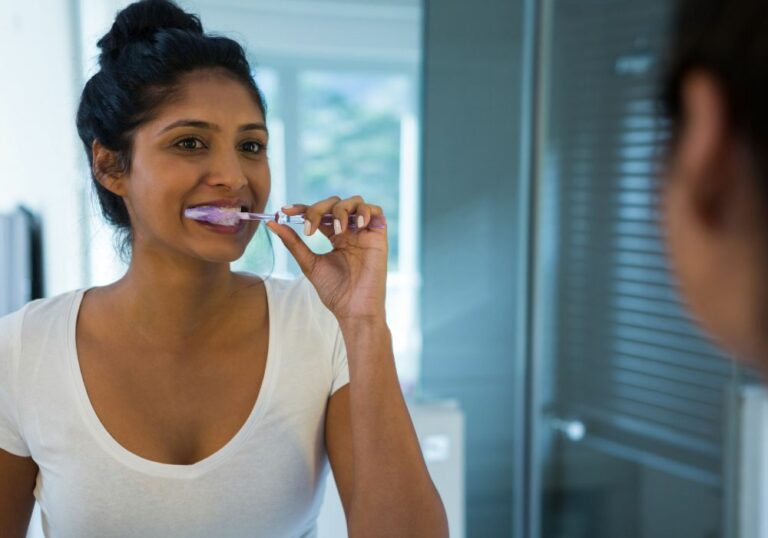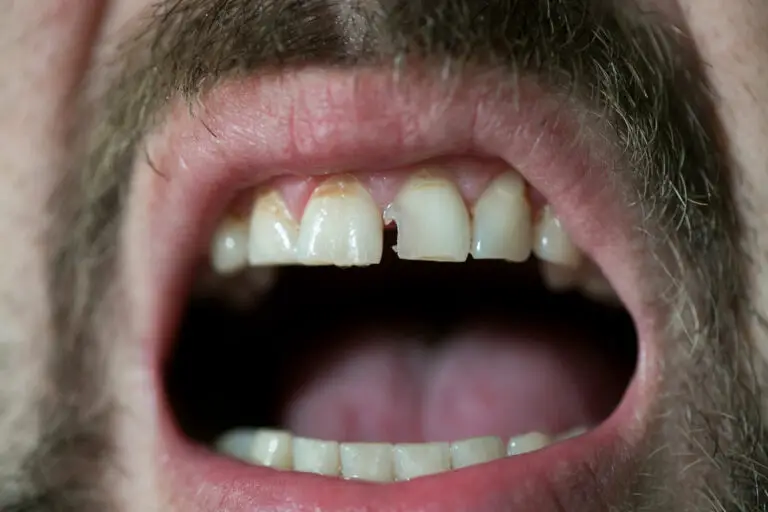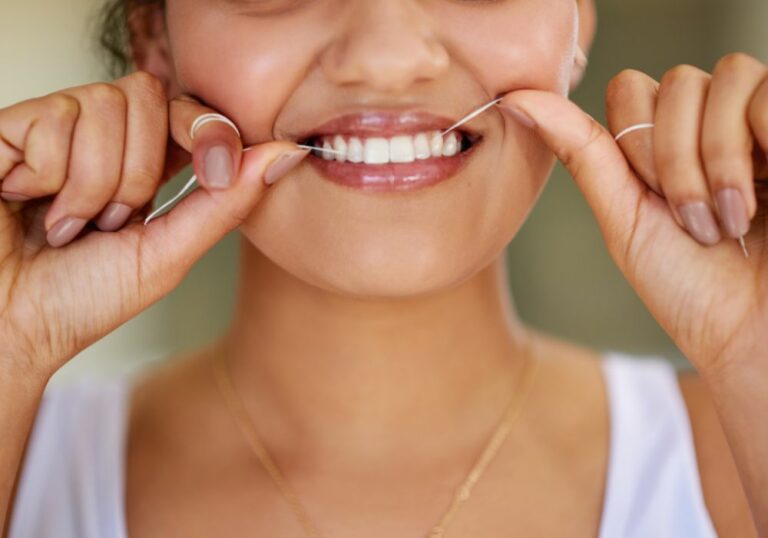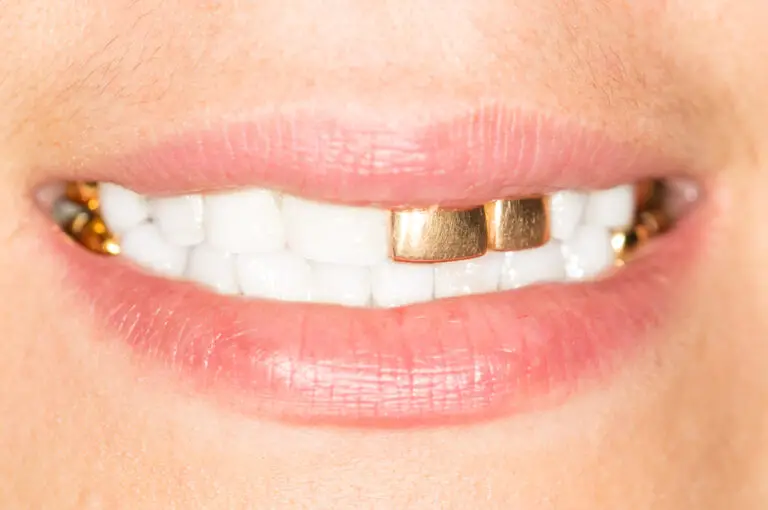What are baby teeth made of and why do we lose them?
Baby teeth, also called primary teeth or milk teeth, are the first set of teeth that babies get. Humans have two sets of teeth throughout their lifetime – the primary or baby teeth, and the permanent or adult teeth.
Baby teeth start developing while the baby is still in the womb, around 6 weeks after conception. The minerals calcium and phosphorus, along with vitamins A, C, and D, are essential nutrients for the development of strong and healthy teeth. By the time a baby is born, they will already have a full set of 20 primary teeth waiting to erupt through the gums.
Baby teeth are made up of:
- Enamel – The hard, outer surface layer of the tooth. Enamel is the hardest substance in the human body. It is made up of hydroxyapatite crystals that provide strength and protection against biting forces. Enamel also contains small amounts of minerals like potassium, magnesium, and fluoride.
- Dentin – The layer under the enamel that makes up the bulk of each tooth. It is a bone-like tissue made up of tiny tubules and surrounded by an outer region called the dentinoenamel junction. The dentin surrounds the inner pulp and provides support and protection.
- Cementum – A bonelike tissue covering the root of the tooth. It anchors the tooth root to the alveolar bone.
- Pulp – The innermost layer and contains blood vessels, nerves, and connective tissue. The pulp provides nutrients to developing teeth.
Primary teeth help children chew and speak properly. They also hold space in the jaws for permanent teeth growing under them.
As children grow, their jaws also grow and make room for the larger permanent teeth. Between ages 6-12, the permanent teeth start pushing roots of baby teeth out of their way as they erupt, causing the baby teeth roots to dissolve and fall out. This is why primary teeth eventually get replaced by permanent teeth.
The first primary teeth to fall out are typically the lower central incisors around age 6. The last baby teeth lost are usually the second molars around age 12. Adults have 32 permanent teeth.
Why do people save baby teeth?
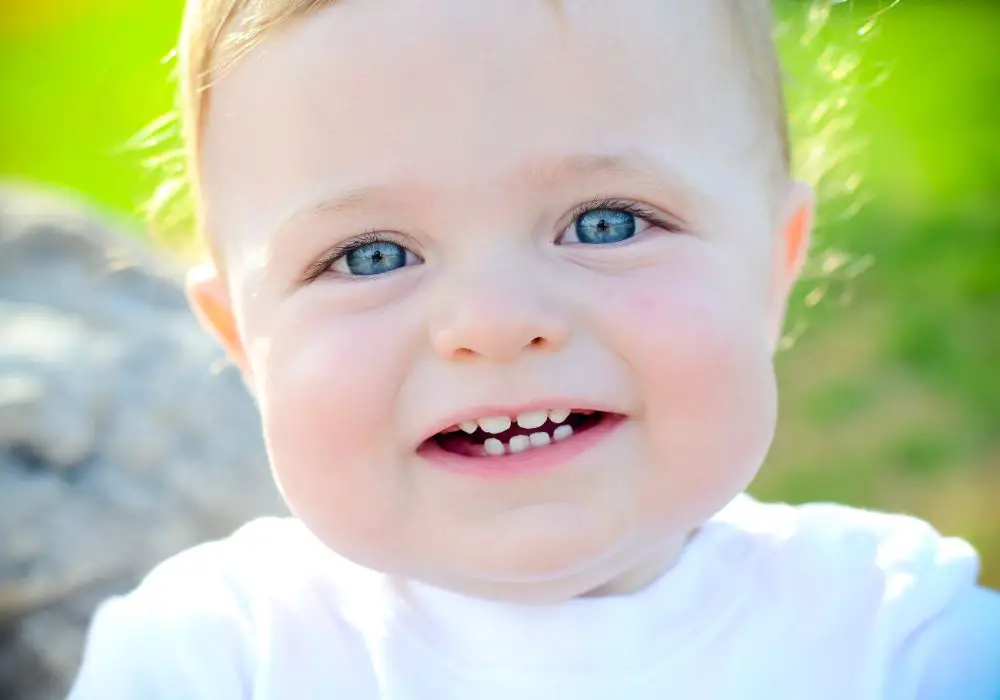
Losing baby teeth is an important milestone marking a child’s first step towards adulthood. It’s common for parents to save their child’s fallen teeth as a sentimental keepsake and reminder of their baby days before growing up. Some reasons people save baby teeth include:
- Nostalgia – Primary teeth can bring back memories of a child’s early years and preserve that precious time. Parents may reminisce about taking first tooth photos or the excitement of the tooth fairy leaving money.
- Celebration of childhood milestones – When a child loses their first tooth, it’s exciting and parents want to commemorate it. Displaying it in a tooth box or jewelry reminds them of this childhood achievement.
- Craft keepsakes – Baby teeth can be used to make sentimental jewelry, art, or other crafts to remember the childhood years. The unique child-size teeth are meaningful for DIY projects.
- Monetary value – Some companies use extracted baby teeth to harvest stem cells and will compensate families for teeth. The stem cells have potential future medical benefits.
- Cultural or religious traditions – In some cultures, it’s customary to keep baby teeth for rituals or ceremonies. For example, in certain African tribes primary teeth may be believed to impart wisdom.
- Medical reasons – In case of dental injury later, the child’s primary tooth can be used for size comparison. It gives the dentist an exact blueprint of the original tooth structure.
Many parents keep their child’s baby teeth in a special box or jewelry. But if you aren’t sentimental about keeping them, baby teeth should be discarded properly by wrapping them and throwing them in the trash.
Is it safe to make jewelry from primary teeth?
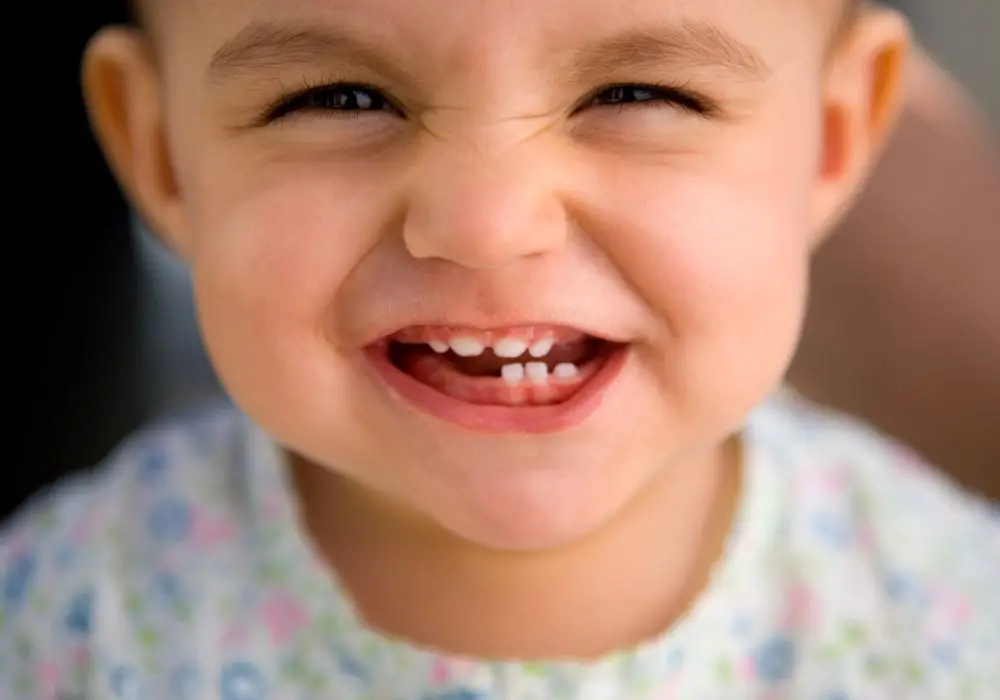
Baby teeth are not hazardous biological waste, so it is generally safe to use them for making keepsake jewelry with proper sterilization and cleaning. However, safety precautions should still be taken:
Avoid contamination
- After a tooth falls out, clean it gently with water and store it in a sealed plastic bag. Don’t allow contact with other surfaces to prevent bacteria contamination.
- Before drilling or crafting with a primary tooth, sterilize it by soaking in a mild bleach solution for 20 minutes. Then rinse and let dry completely. The bleach kills any lingering bacteria.
- Work on a clean, disinfected surface when making jewelry. No food or drink should be consumed nearby.
Prevent biological hazard
- Avoid crafting with teeth from a child with known prion diseases like Creutzfeldt-Jakob disease to prevent hazard. Prions can survive standard sterilization.
- Don’t use root canal treated primary teeth. The pulp tissue and nerves may be infected even if the tooth looks normal from the outside.
Use protective equipment
- When grinding, sawing or drilling teeth for jewelry, wear a face mask and eye protection. A respirator mask is best to avoid inhaling any enamel dust particles.
- Wear latex gloves to provide barrier protection from tooth dust contacting skin. Discard gloves after use.
- Work in a well ventilated area and thoroughly clean up afterwards. Tooth dust residue could potentially cause respiratory irritation if inhaled.
Take precautions with enamel
- Enamel dust is harmless but skin contact with large amounts may cause temporary irritation, itching or redness in sensitive individuals similar to nickel allergy. Rinse any contacted skin with water.
- Don’t brush off any enamel fragments or powder off your clothes or work area, as it could get stirred up into the air. Carefully wipe surfaces clean with a damp paper towel instead.
With proper cleaning, sterilization, and protective gear, the risk of crafting jewelry from baby teeth is very low. Use common sense and general safety practices just like for any other crafting project.
Step-by-step guide to making jewelry with primary teeth
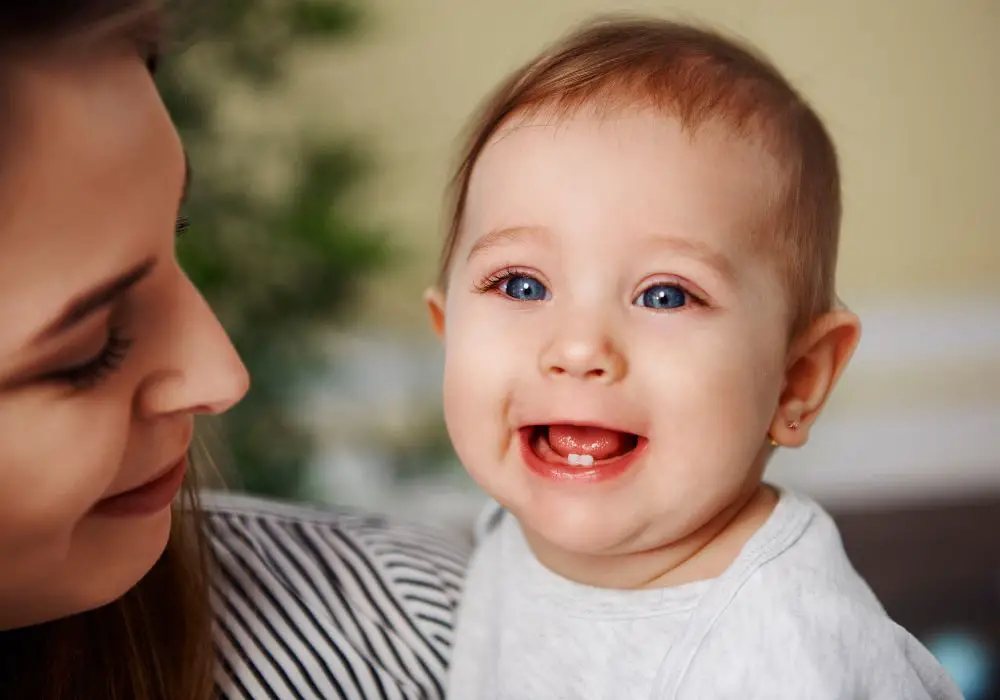
Crafting jewelry from your child’s baby teeth can produce beautiful keepsakes full of sentimental value. Here is an expanded step-by-step guide:
Materials needed
- Clean extracted primary tooth/teeth
- Small jewelry saw with extra blades
- Jewelry pliers – flat nose, chain nose, wire cutters
- Jewelry findings like pin backs, jump rings, chain, bail, etc.
- E-6000 industrial strength adhesive
- Toothpicks for applying glue
- Face mask & protective eyewear
- Latex gloves
- Bleach and small container for sterilizing
- Paper towels
- Fine grit sandpaper, polishing cloth
Cleaning and sterilizing
- Put on gloves and gently scrub tooth in soapy water with a toothbrush to remove any visible debris. Pay attention to grooves and ridges.
- Soak tooth in a sterilizing bleach solution (1 tbsp bleach per 1 cup water) for 20 minutes.
- Remove tooth and rinse thoroughly under warm running water for a full minute.
- Pat dry with clean paper towel. Allow tooth to dry completely for at least 24 hours before proceeding.
Crafting the jewelry
- Decide on the type of jewelry you want to make. Some examples:
- Pendant from a single primary tooth
- Charm bracelet with several teeth
- Molar earrings using 2 matching teeth
- Ring with tooth fragments set into setting
- Put on protective mask, eyewear, and gloves. Make sure work area is clean and well-ventilated.
- Use mini jewelry saw to carefully cut tooth/teeth into desired shape(s). Take precautions to avoid breathing enamel dust.
- Smooth and polish tooth piece(s) with jewelry files, fine grit sandpaper, and polishing cloth.
- Boil tooth piece(s) for 10 minutes to sterilize again. Allow to fully dry.
- Apply strong epoxy adhesive with a toothpick to attach tooth piece(s) to jewelry findings. Allow 24 hours to cure before wearing.
- Clean up work area thoroughly with a damp paper towel. Remove and dispose gloves.
With imagination and some basic jewelry skills, you can transform cherished baby teeth into beautiful keepsakes to treasure forever. Be sure to take all necessary safety precautions when converting teeth into wearable jewelry items.
Frequently Asked Questions
Is it really hygienic to make jewelry from teeth?
Yes, it is hygienic if proper sterilization procedures are followed, such as disinfecting the tooth in bleach, boiling it, and maintaining a clean work area. This kills any lingering bacteria or germs, making it safe for wearing next to skin. Proper cleaning of hands, work surface, tools, and gloves is also crucial.
Do primary teeth have nerves, tissue, etc. that are hazardous when drilling and crafting?
No, once a primary tooth has fallen out there are no active nerves or live tissues that could be potentially hazardous or infectious. The pulp tissue dies when the tooth falls out naturally. Any debris can be cleaned off the hard surfaces of the tooth with thorough scrubbing and sterilization.
Can I just drill into my child’s baby tooth without sterilizing it first?
It’s not recommended to skip sterilizing. Without sterilization, bacteria from the mouth could get into the air during drilling and contaminate the tooth’s inner layers and jewelry parts. Bleach sterilizing followed by boiling kills any lingering germs inside the tooth and on the surface.
What types of jewelry can you make with baby teeth?
Primary teeth can be crafted into almost any type of jewelry: necklaces, bracelets, rings, earrings, cufflinks, brooches, keychains, watch bands, tie clips, and more. Get creative with integrating them into classic jewelry designs or coming up with new modern styles. Teeth and metal combinations are popular for their contrast.
Is there an alternative if I don’t want to actually drill into my child’s tooth?
Yes, you can have a jeweler create a custom mold of the primary tooth instead. The mold preserves all the detail in a replica that can then be safely cast into a jewelry piece in metal (gold, silver, etc.) without altering the original baby tooth. Resin casting is another no-damage option.
Making sentimental jewelry from your kids’ lost primary teeth can produce timeless keepsakes. With proper safety precautions, you can craft beautiful rings, pendants, earrings, charm bracelets, and more to remember their childhood by.

